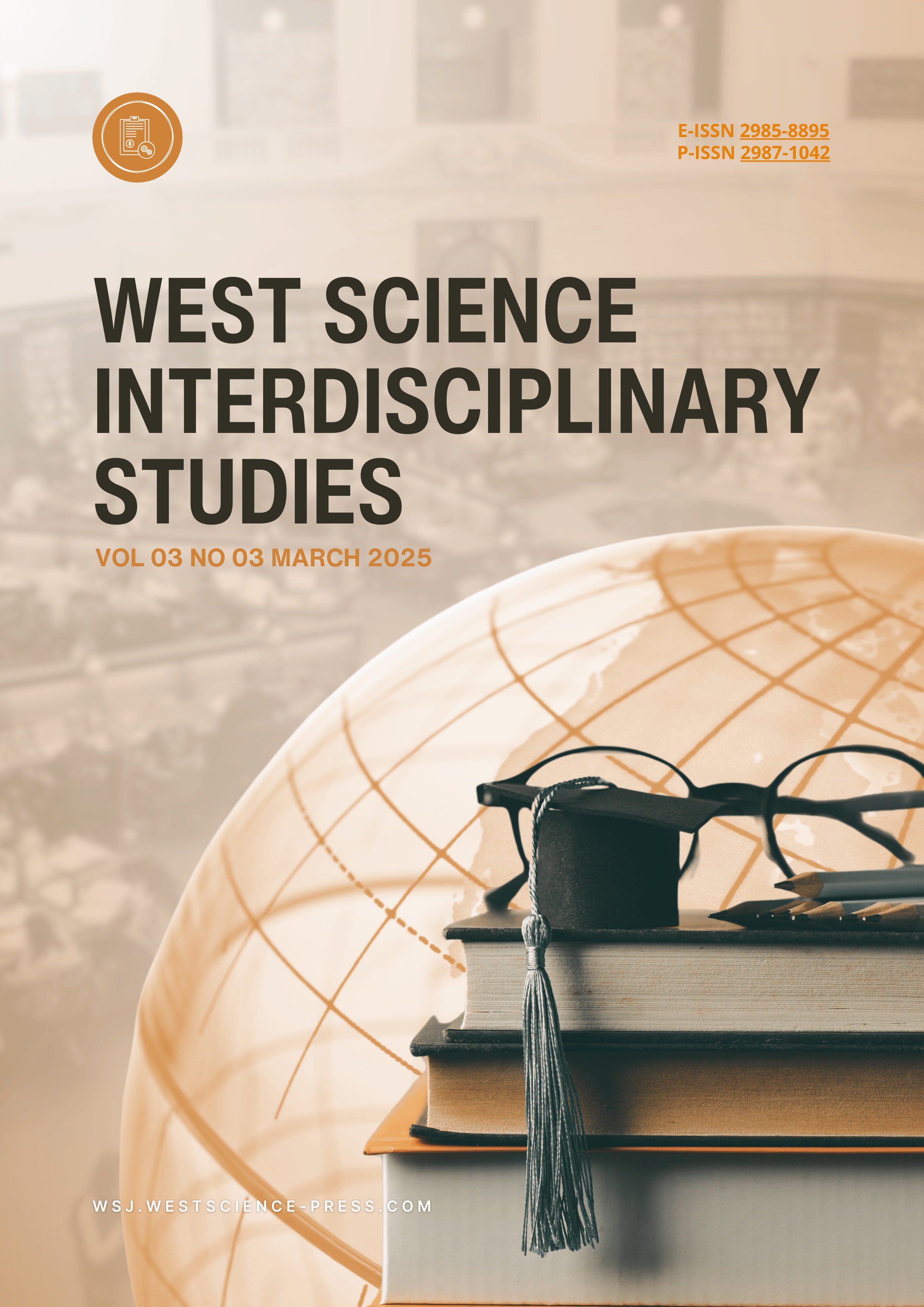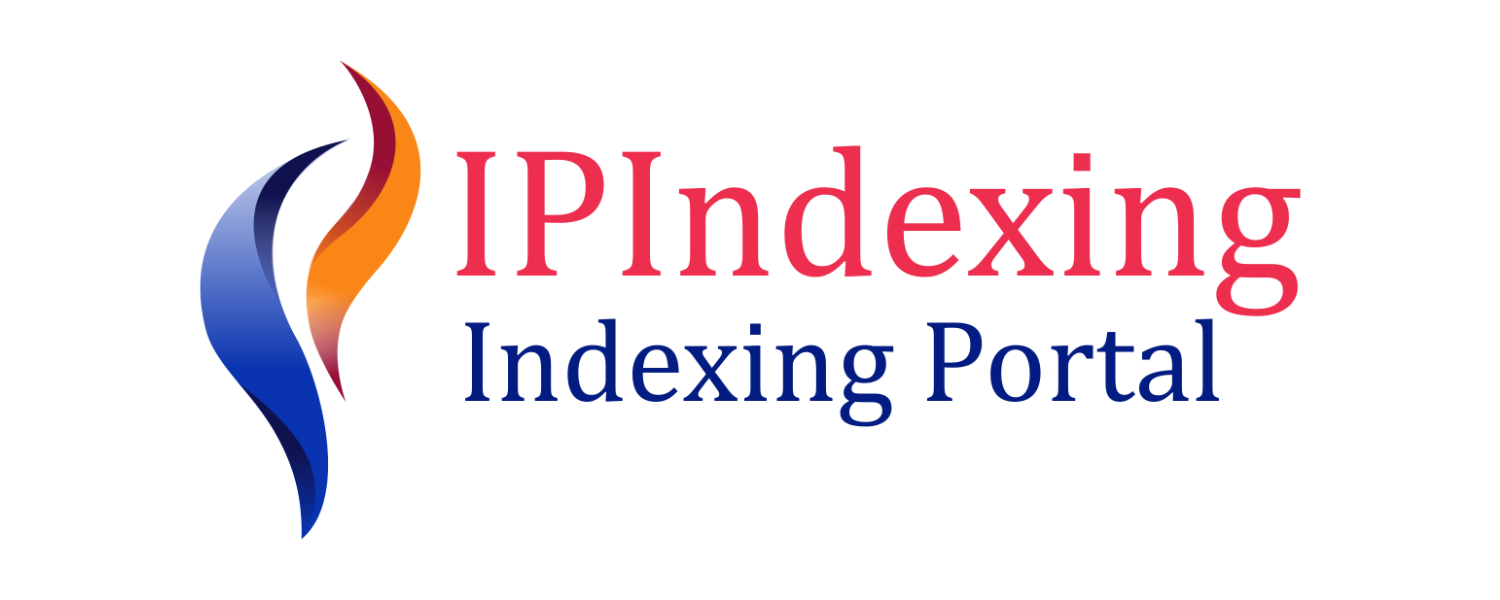Employee Well-Being Research Trends in HR Management
DOI:
https://doi.org/10.58812/wsis.v3i03.1781Keywords:
Employee Well-Being, Human Resource Management, Job Satisfaction, Work-Life Balance, Bibliometric AnalysisAbstract
Employee well-being has emerged as a critical focus within human resource management (HRM) research, driven by its direct impact on productivity, job satisfaction, and organizational success. This study explores recent research trends in employee well-being using a systematic literature review based exclusively on Scopus-indexed publications. The findings reveal that key themes in HRM well-being research include work-life balance, job satisfaction, burnout, leadership, digitalization, and corporate social responsibility (CSR). The bibliometric analysis highlights the increasing role of psychological well-being, mental health support, and diversity, equity, and inclusion (DEI) initiatives in shaping modern HRM strategies. Additionally, the growing integration of artificial intelligence (AI) and technology in well-being management presents both opportunities and challenges for organizations. The discussion underscores the practical implications of well-being research for HRM practices, emphasizing the need for leadership training, personalized employee support programs, and ethical technology use. The study also identifies future research directions, including the long-term effects of remote work, AI-driven HR analytics, and cross-cultural perspectives on well-being interventions. By synthesizing existing literature, this research provides valuable insights for HR professionals, policymakers, and academics seeking to enhance employee well-being in dynamic work environments.
References
[1] S. K. Singh, R. K. Pradhan, N. P. Panigrahy, and L. K. Jena, “Self-efficacy and workplace well-being: moderating role of sustainability practices,” Benchmarking An Int. J., vol. 26, no. 6, pp. 1692–1708, 2019.
[2] I. Inceoglu, G. Thomas, C. Chu, D. Plans, and A. Gerbasi, “Leadership behavior and employee well-being: An integrated review and a future research agenda,” Leadersh. Q., vol. 29, no. 1, pp. 179–202, 2018.
[3] A. Mäkikangas, U. Kinnunen, T. Feldt, and W. Schaufeli, “The longitudinal development of employee well-being: A systematic review,” Work Stress, vol. 30, no. 1, pp. 46–70, 2016.
[4] K. Nielsen, M. B. Nielsen, C. Ogbonnaya, M. Känsälä, E. Saari, and K. Isaksson, “Workplace resources to improve both employee well-being and performance: A systematic review and meta-analysis,” Work Stress, vol. 31, no. 2, pp. 101–120, 2017.
[5] T. A. Wright, “To be or not to be [happy]: The role of employee well-being,” Acad. Manag. Perspect., vol. 20, no. 3, pp. 118–120, 2006.
[6] D. E. Guest, “Human resource management and employee well‐being: Towards a new analytic framework,” Hum. Resour. Manag. J., vol. 27, no. 1, pp. 22–38, 2017.
[7] A. B. Bakker, “Towards a multilevel approach of employee well-being,” Eur. J. Work Organ. Psychol., vol. 24, no. 6, pp. 839–843, 2015.
[8] H. Huhtala and M. Parzefall, “A review of employee well‐being and innovativeness: An opportunity for a mutual benefit,” Creat. Innov. Manag., vol. 16, no. 3, pp. 299–306, 2007.
[9] R. K. Pradhan and L. Hati, “The measurement of employee well-being: development and validation of a scale,” Glob. Bus. Rev., vol. 23, no. 2, pp. 385–407, 2022.
[10] A. B. Bakker and E. Demerouti, “The job demands‐resources model: State of the art,” J. Manag. Psychol., vol. 22, no. 3, pp. 309–328, 2007.
[11] J. B. Avey, F. Luthans, R. M. Smith, and N. F. Palmer, “Impact of positive psychological capital on employee well-being over time.,” J. Occup. Health Psychol., vol. 15, no. 1, p. 17, 2010.
[12] R. M. Ryan and E. L. Deci, Self-determination theory: Basic psychological needs in motivation, development, and wellness. Guilford publications, 2017.
[13] S. E. Hobfoll, “Conservation of resources: a new attempt at conceptualizing stress.,” Am. Psychol., vol. 44, no. 3, p. 513, 1989.
[14] K. Van De Voorde, J. Paauwe, and M. Van Veldhoven, “Employee well‐being and the HRM–organizational performance relationship: a review of quantitative studies,” Int. J. Manag. Rev., vol. 14, no. 4, pp. 391–407, 2012.
[15] D. J. Terry and N. L. Jimmieson, “Work control and employee well-being: A decade review.,” 1999.
[16] R. Ilies, K. M. Schwind, and D. Heller, “Employee well-being: A multilevel model linking work and nonwork domains,” Eur. J. Work Organ. Psychol., vol. 16, no. 3, pp. 326–341, 2007.
[17] S. G. Rogelberg, D. J. Leach, P. B. Warr, and J. L. Burnfield, “‘ Not another meeting!’ Are meeting time demands related to employee well-being?,” J. Appl. Psychol., vol. 91, no. 1, p. 83, 2006.
[18] M. R. Azizi, R. Atlasi, A. Ziapour, J. Abbas, and R. Naemi, “Innovative human resource management strategies during the COVID-19 pandemic: A systematic narrative review approach,” Heliyon, vol. 7, no. 6, 2021.
[19] B.-K. Joo and I. Lee, “Workplace happiness: work engagement, career satisfaction, and subjective well-being,” in Evidence-based HRM: A global forum for empirical scholarship, Emerald Publishing Limited, 2017, pp. 206–221.
[20] E. Conway, N. Fu, K. Monks, K. Alfes, and C. Bailey, “Demands or resources? The relationship between HR practices, employee engagement, and emotional exhaustion within a hybrid model of employment relations,” Hum. Resour. Manage., vol. 55, no. 5, pp. 901–917, 2016.
[21] L.-C. Huang, D. Ahlstrom, A. Y.-P. Lee, S.-Y. Chen, and M.-J. Hsieh, “High performance work systems, employee well-being, and job involvement: An empirical study,” Pers. Rev., vol. 45, no. 2, pp. 296–314, 2016.
[22] T. Vuontisjärvi, “Corporate social reporting in the European context and human resource disclosures: An analysis of Finnish companies,” J. Bus. ethics, vol. 69, no. 4, pp. 331–354, 2006.
[23] M. Järlström, E. Saru, and S. Vanhala, “Sustainable human resource management with salience of stakeholders: A top management perspective,” J. Bus. Ethics, vol. 152, pp. 703–724, 2018.
[24] M. Zhang, C. J. Zhu, P. J. Dowling, and T. Bartram, “Exploring the effects of high-performance work systems (HPWS) on the work-related well-being of Chinese hospital employees,” Int. J. Hum. Resour. Manag., vol. 24, no. 16, pp. 3196–3212, 2013.
[25] V. Khoreva and H. Wechtler, “HR practices and employee performance: the mediating role of well-being,” Empl. Relations, vol. 40, no. 2, pp. 227–243, 2018.
[26] G. Hewagama, P. Boxall, G. Cheung, and A. Hutchison, “Service recovery through empowerment? HRM, employee performance and job satisfaction in hotels,” Int. J. Hosp. Manag., vol. 81, pp. 73–82, 2019.
[27] X. Zheng, W. Zhu, H. Zhao, and C. H. I. Zhang, “Employee well‐being in organizations: Theoretical model, scale development, and cross‐cultural validation,” J. Organ. Behav., vol. 36, no. 5, pp. 621–644, 2015.
Downloads
Published
Issue
Section
License
Copyright (c) 2025 Loso Judijanto, Dasa Rahardjo Soesanto, Rival Pahrijal

This work is licensed under a Creative Commons Attribution-ShareAlike 4.0 International License.
























 Instagram
Instagram 